When naturalizing Trevor and I have some odd ball saying we say to each other while observing certain species. For example, when we find a weevil which is a small beetle with a long snout at some point we will call it an “evil weevil,” even though they have no evil-ness about them. Another phrase is “spurge is the word.” Usually this is said to each other in a funky voice elongating “spurge” and “word.” When and what the origin story is I cannot place, but we’re not the only ones! The podcast “In Defense of Plants” has a great episode titled “Spurge is the word.” Perhaps it came from the oldie but goodie song The Trashmen ‘s song: Surfin Bird / Bird is the Word. I’m not sure what’s causing the collective conclusion from botany nut-heads, but it does have a great ring to it! Spurge is the word.
So yes this post is on the plant family known as spurges. Since we are down in Southern California on a dry year not all the plants are blooming to their full capacity, if at all. BUT the spurges are doing pretty well in most areas they inhabit. So being new to this genera I wanted to explore their unique structure and close cousins.
Background Spurge Information
The family Euphorbiaceae has roughly 7500 species (fifth-largest flowering plant family), and genus Euphorbia has roughly 2,420 species (one of the largest genera) so there is oodles of diversity! The term spurge is commonly used to represent the Genus Euphorbia. But Euphorbia is used to describe the family Euphorbiaceae. Ahhh common terminology, sometimes it’s so odd. Remember Family is one higher classification than Genus, see below for further clarification.
- Taxonomically:
- Plants, Kingdom Plantae
- Vascular Plants, Phylum Tracheophyta
- Flowering Plants, Subphylum Angiospermae
- Dicots, Class Magnoliopsida
- Nances, Willows and Allies, Order Malpighiales
- Spurge Family, Family Euphorbiaceae
- Subfamily Euphorbioideae
- Genus Euphorbia
- Genus Stillingia
- Genus Ditaxis
- Genus Bernardia
- Subfamily Euphorbioideae
- Spurge Family, Family Euphorbiaceae
- Nances, Willows and Allies, Order Malpighiales
- Dicots, Class Magnoliopsida
- Flowering Plants, Subphylum Angiospermae
- Vascular Plants, Phylum Tracheophyta
- Plants, Kingdom Plantae
Spurges come in all different shapes, forms, and uses from herbs to trees to succulents. Quite the diversity! Unfortunately most euphorbias are native to distant tropical lands such as Africa, Mediterranean, Middle East, and South Africa. You are probably familiar with the overly-produced Christmas time plant that’s found in every grocery store, ahhh the classic Poinsettia is also a Euphorbia! BUT there are quite a few found in the Southern US, such as Southern California, where I currently reside.
Not quite evident in my photos, but spurges produce a milky latex sap. While it is toxic, it was once used as a laxative. But in a few families the latex can cause blindness. Yikes! This is the same kind of latex of the rubber tree that is a natural rubber source!
Tiny would be one way to describe their flowers, not the smallest I’ve seen, but small enough to have a tough time deciphering the flower structure. A female flower has a single pistil, whereas the male flowers have one to ten (or more) stamens. But these are not true flowers, n botany they are called cynthia. Both sexes can be found on a single plant (monoecious) or separately (dioecious). ‘
Although I don’t have any photos of fruits, they do “explode” when ready in order to spread their seeds far and wide. A fantastic dispersal strategy if I do say so myself. . .
I took some time to do a deep dive on the four genera I’ve seen in the recent weeks. While I included a lot of botany terms for my own understanding, if it’s too overwhelming just take a moment to enjoy their unique beauty!
- But first a few terms that might help you understand their unique beauty:
- Inflorescence: describes the collection of flower or flower clusters and all their associated structures, which includes bracts, bracelets, pedicels, but does not include full leaves
- Pistillate: refers to flowers/inflorescences/plants with a pistil but are missing stamens or sterile, “female” flowers
- Staminate: refers to flowers/inflorescences/plants with fertile stamens but are missing pistils or sterile, “male” flowers
- cyathium: This is characteristic of spurges. Cyanthium refers to the cup-shaped structure which looks like a flower (but isn’t) and includes reduced male parts surrounding a reduced pistil (female). This structure is enclosed by a involucre of fused bracts. Plural: cyathia

Genus Euphorbia is characterized by dense inflorescence which is not enclosed by the involucre. The leaves are mostly alternate but sometimes opposite, and the flower is unisexual. The flower head is quite distinctive. But what we see as a flower is the cyanthium, essentially only the important bits exist, the parts for sexual reproduction.
First off we have the Arizona Sandmat, Euphorbia arizonica! This special guy is relatively rare with its characteristic urn-shaped involucre, and semi-erect growth form in rocky slopes and sandy areas. This perennial has opposite hairy leaves with small petioles and pointed tips.
Red-gland Spurge, Euphorbia melanadenia This perennial herb forms a nice little clump of cuteness in the ground like other Euphorbias. The red stems are quite nice with wooly oval-shaped leaves protruding all over. The cynthia, technically are pretty tiny, about two millimeters wide. Ya got to get nice and close to view these beauties. The shiny red jelly beans are glands at the top part of the structure just underneath the reddish styles which are female parts.
This little beauty is probably the most common sandmat we’ve found in the last month-ish, which goes by the Smallseed Sandmat, Euphorbia polycarpa. Most sandmats appear just like how is sounds a mat in the sand. It’s form is like a pile of spaghetti noodles plopped on a plate! While it’s hard to tell from my photos the stems actually form a zig-zag pattern! This plant might be the only one to memorize because traditionally it was formed into a poultice and applied to scorpion and snake bites. There’s a little ethnobotany for you. Fingers crossed no scorpion or snake bites this summer!
Ahh the Beetle Spurge, Euphorbia eriantha. This neat plant was found on the side of a road on a tight curb. This is method of plant observation is known as roadside botany, and while I’m not normally in favor of dodging cars to observe anything, this one was definitely worth it!
The inflorescence is few to many in cyme-like clusters at the end of branches. The cup shaped involucre has one to three glands. Both the involucre and fruit is hairy. But as you’ll see in the photo the involucre is without any petal-like appendages. Odd looking plant for sure! Doesn’t the ovary look like a tiny watermelon?!
The Carrizo Mountain Sandmat, Euphorbia pediculifera has a gorgeous contrast of pink styles (female part), dark glands, and sage green leaves. While little information is known about the pollinators or others that utilizes sandmats due to their tiny-ness but this plant supports the belly of the Straight-lined Wave Moth, Lobocleta plemyraria . Growing very low to the ground this perennial only grows up to about 8 inches. Female flowers seen with the pink tubes radiating out from the center is surrounded by male flowers with the yellow fluffy pollen or light purpley-blue round apparatuses. Just lovely!

Genus Stillingia are perennials, with staminate inflorescence shaped in a spike or raceme and produces that sappy milk substance. Additionally, Stillingias have glabrous leaves with two stamens, glandular pistillate flower bracts, as well as simple hairs on the the stem and leaves.
Narrow-leaved Stillingia, Stillingia linearifolia. Another great looking spurge! Within the inflorescence are stalked glands positioned on the pistillate bracts. This monoecious plant has male flower parts above the female, but you won’t find any petals on this long erect spike. The pistillate flowers are well separated and there are about three to six per inflorescence. As you can see in the photo the leaves are very narrow, only about 2mm in width. Teeny Tiny!
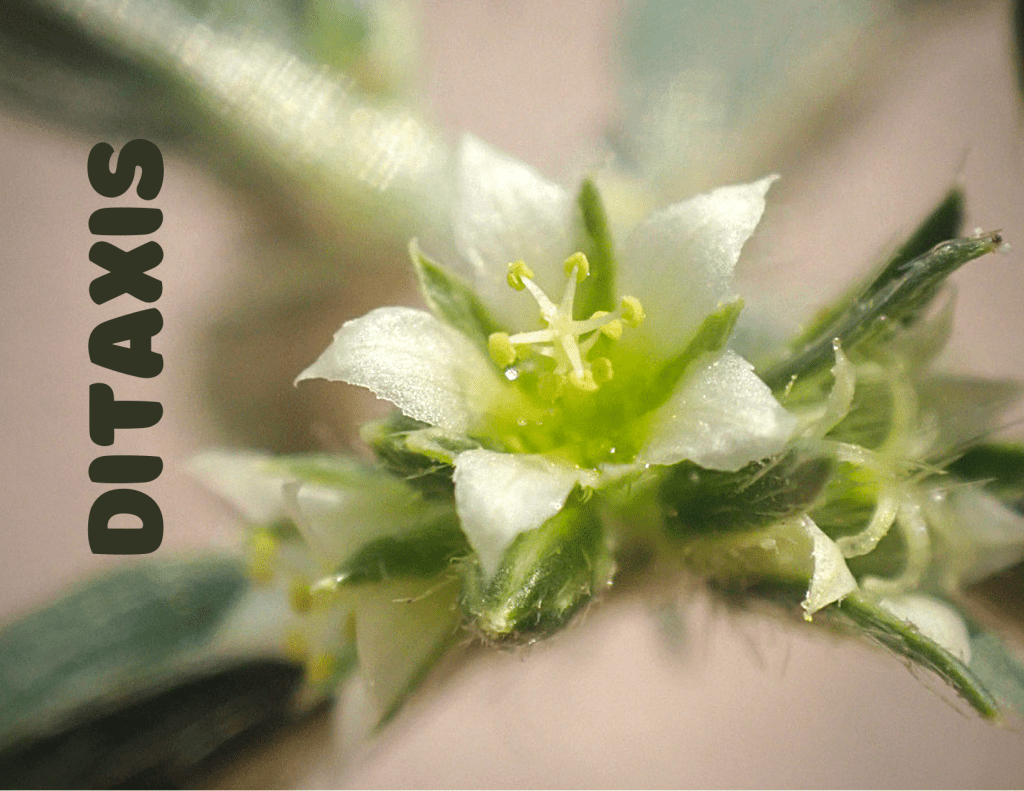
Genus Ditaxis have alternate leaves, with a more or less open inflorescence not enclosed by the non-flower-like involucre and are unisexual. The stem and leaf hairs are twice branched, or none at all, and Ditaxis have smooth seeds. As you can see these have a more recognizable flower, but still challenging to spot when walking through a desert wash.
Lance-leaved Ditaxis, Ditaxis lanceolata. This Ditaxis is a sub-shrub. Gosh I love the term sub-shrub, super fun to say out loud. Go ahead, give it a try! I’ll wait. . . Lance-leaved has erect brittle stems, pistillate sepals that are more or less equal in size to the petals, and the flower is appressed-hairy. This plant also goes by the name of “Queen’s-root.”
Quite similar to the last Ditaxis this New Mexico Ditaxis, Ditaxis neomexicana is quite nice but oh so hairy! This plant is annual or perennial with a densely appressed-hairy stem, as you can see above. The staminate flower is glabrous, and the pistillate flower has a hairy back with entire white petals. The leaves are lanceolate in shape, not densely hairy, and with entire or faintly toothed edges.
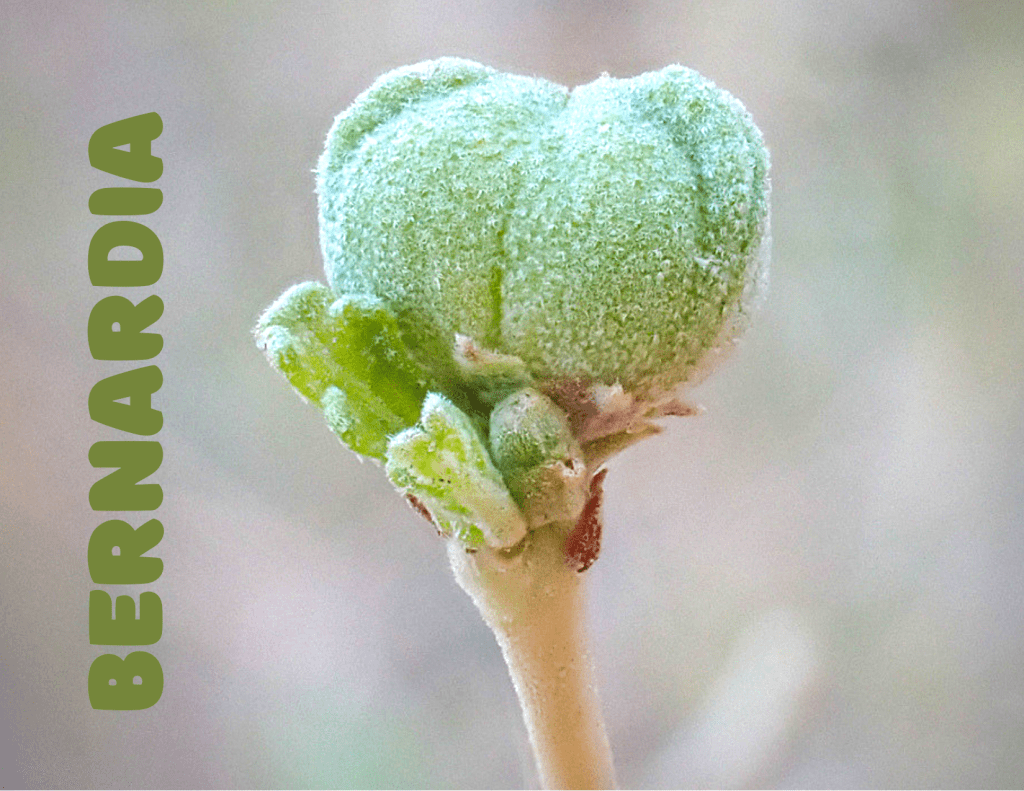
Genus Bernardia have bluntly toothed leaf margins, with axillary staminate inflorescence . The ovary has 3 chambers like most others highlighted today, and the leaves are pinnately veined but not raised. Hairs are stellate (meaning star shaped), but with no petals. The inflorescence are open and not enclosed by the involucure, and these plants have alternate leaves.
The last plant for this post is the Western Bernardia, Bernardia incana. While we didn’t find a blooming plant, its structure is still really neat looking! The big structure you see that’s broken into three parts is the fruit. This plant has a staminate and pistillate flower with 12 to 15 stamens and 5 sepals respectively. You can find this native plant in washes and rocky canyons in Southern California, Texas and Mexico.
Well I hope that wasn’t too overwhelming with plant terms, but even if it was I hope it gives a little insight into the complex and fascinating world of botany! And what a headache it can be sometimes. . . .
If you’re interested in learning more about spurges, Nathan Taylor the guest on the podcast I mentioned at the beginning has a great list of resources for identifying and how to take good photos to get an id on iNat. I definitely learned some points I’ll be using next time I make a spurge observation.
Happy Botanizing!
- Resources
- Southwest Desert Flora
- iNat/Wiki page for Red-gland Spurge
- iNat/Wiki page for Narrow-leaved Stillingia
- iNat/Wiki page for Family Euphorbiaceae
- Britannica page for Spurge
- Wiki page for “Cyanthium”
- The Jepson Desert Manual, Vascular Plants of Southeastern California by Baldwin et al. 2002
- The Jepson Manual, Vascular Plants of California Volume 2, Baldwin et al. 2017
- Euphorbia polycarpa on SEINet
- Jepson eFlora Euphorbia polycarpa




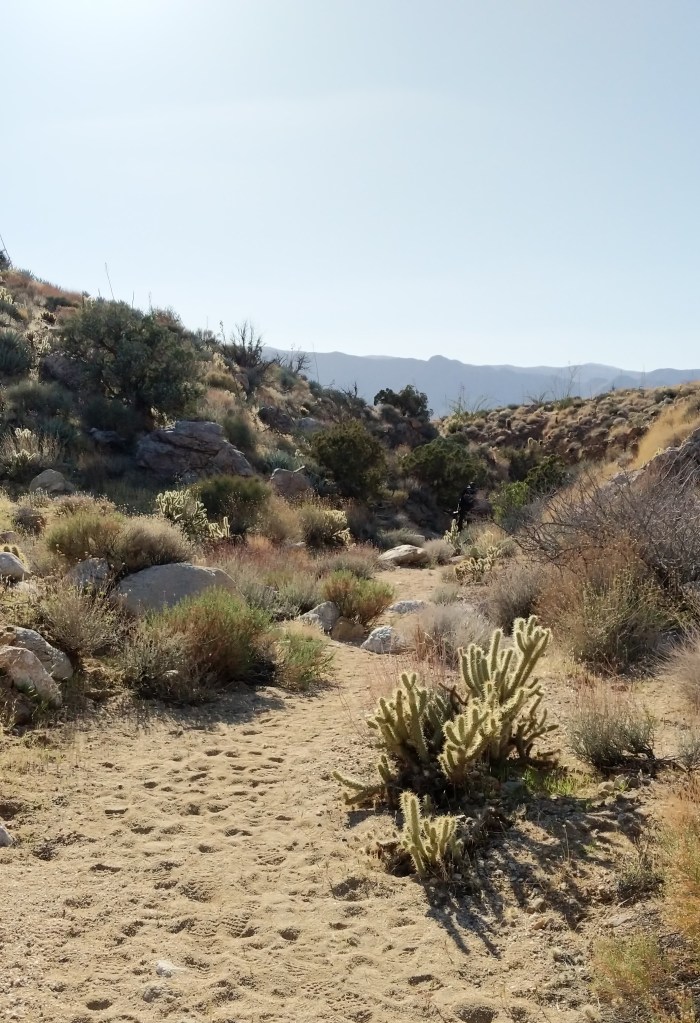
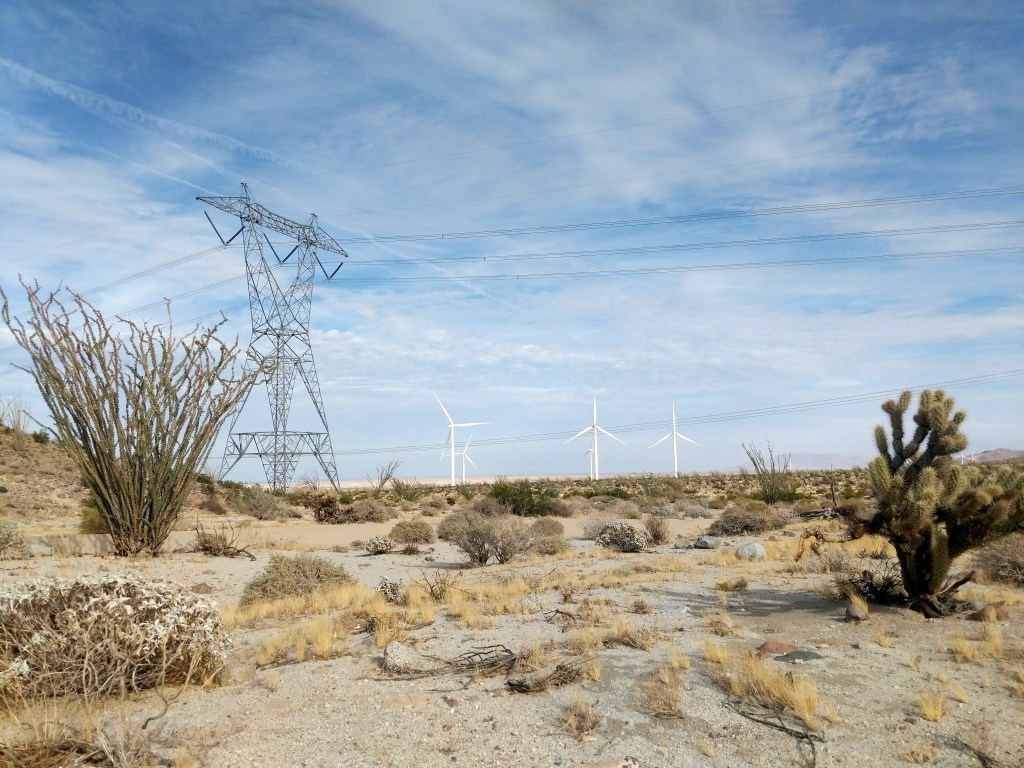

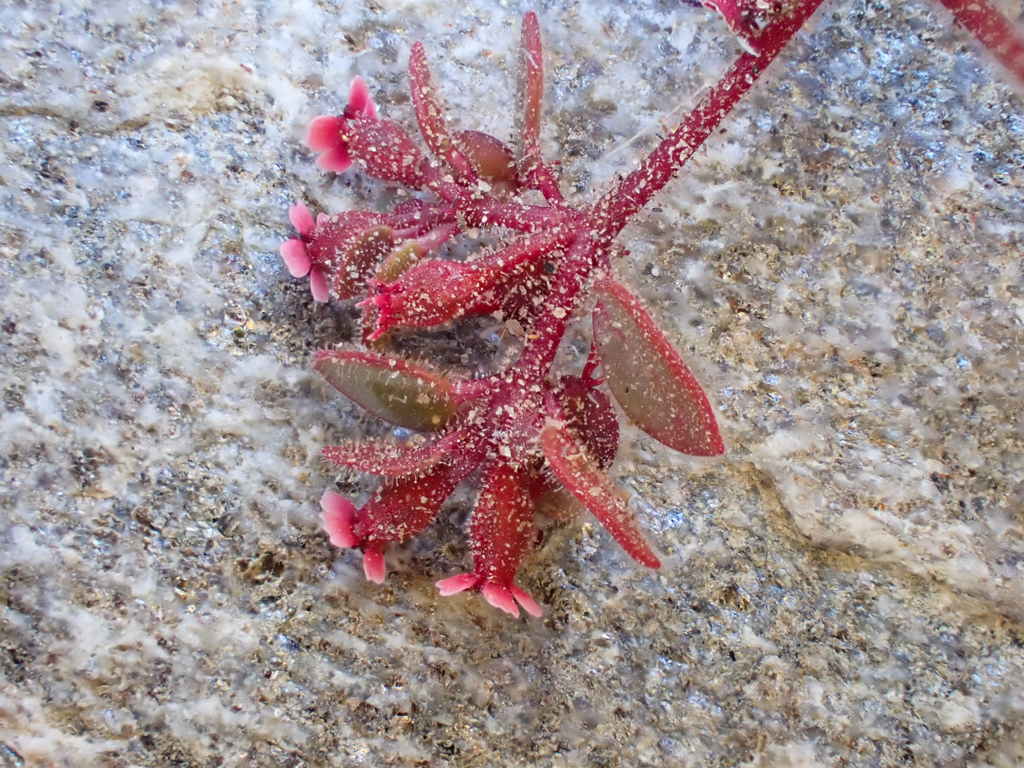



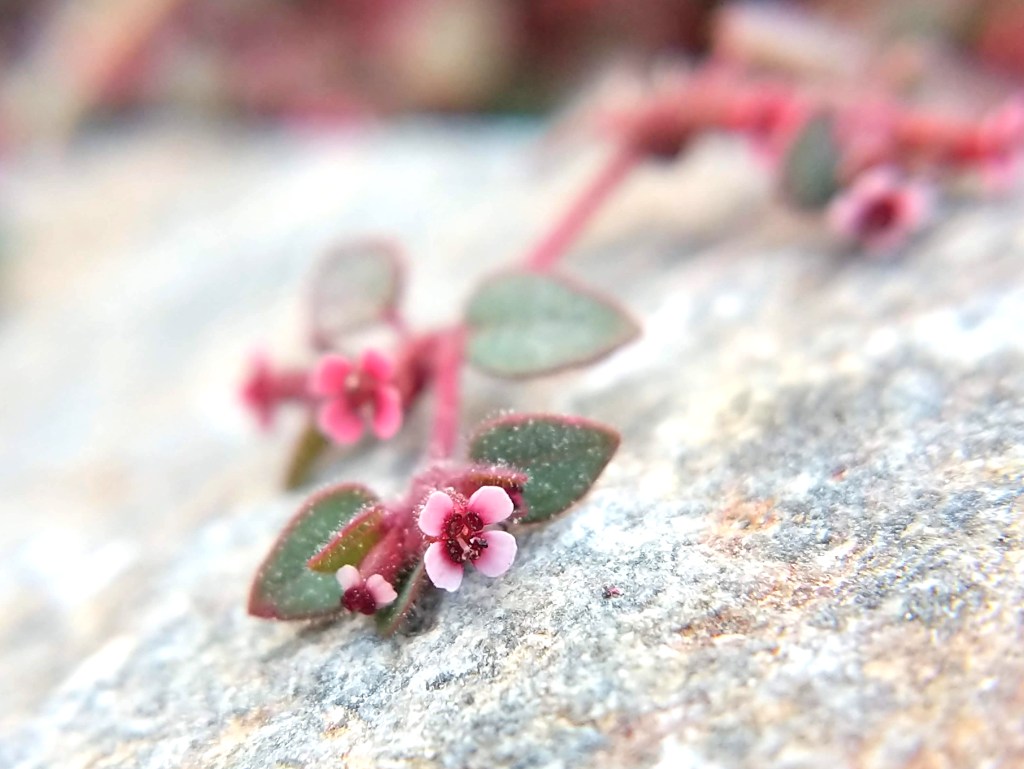







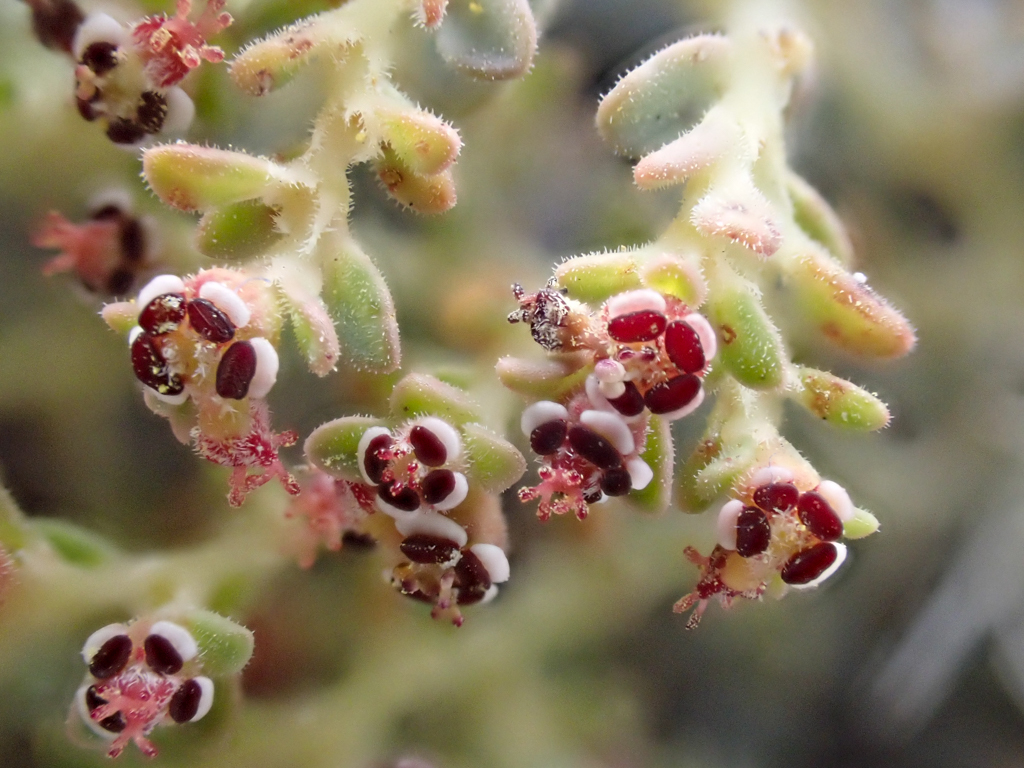
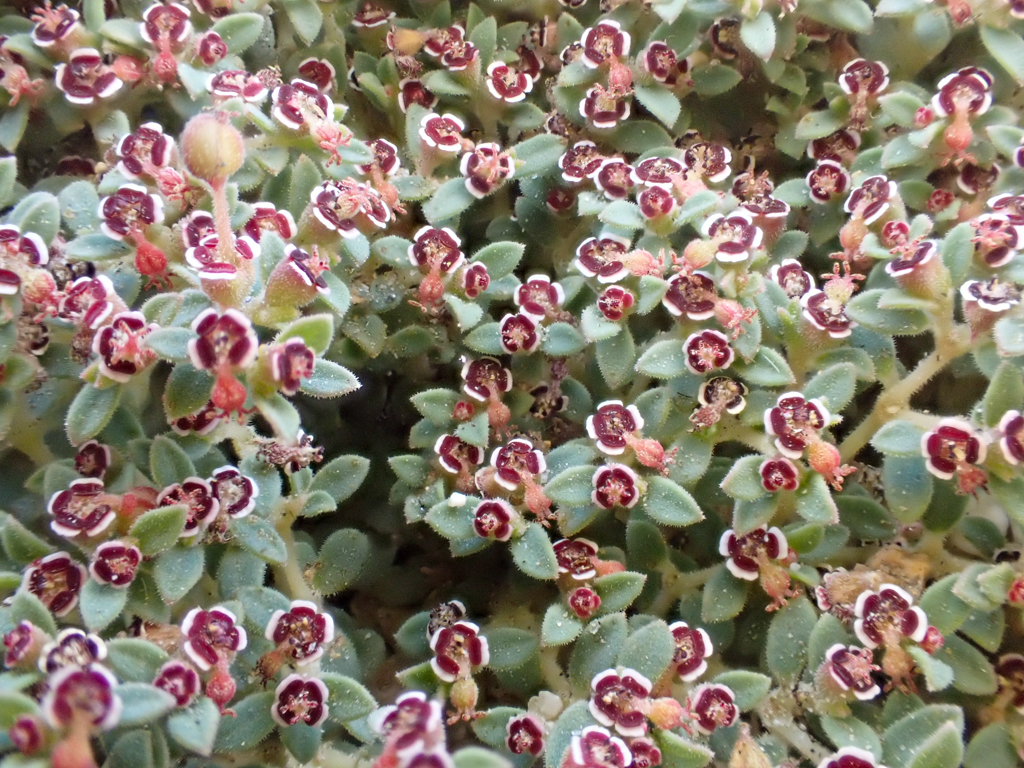

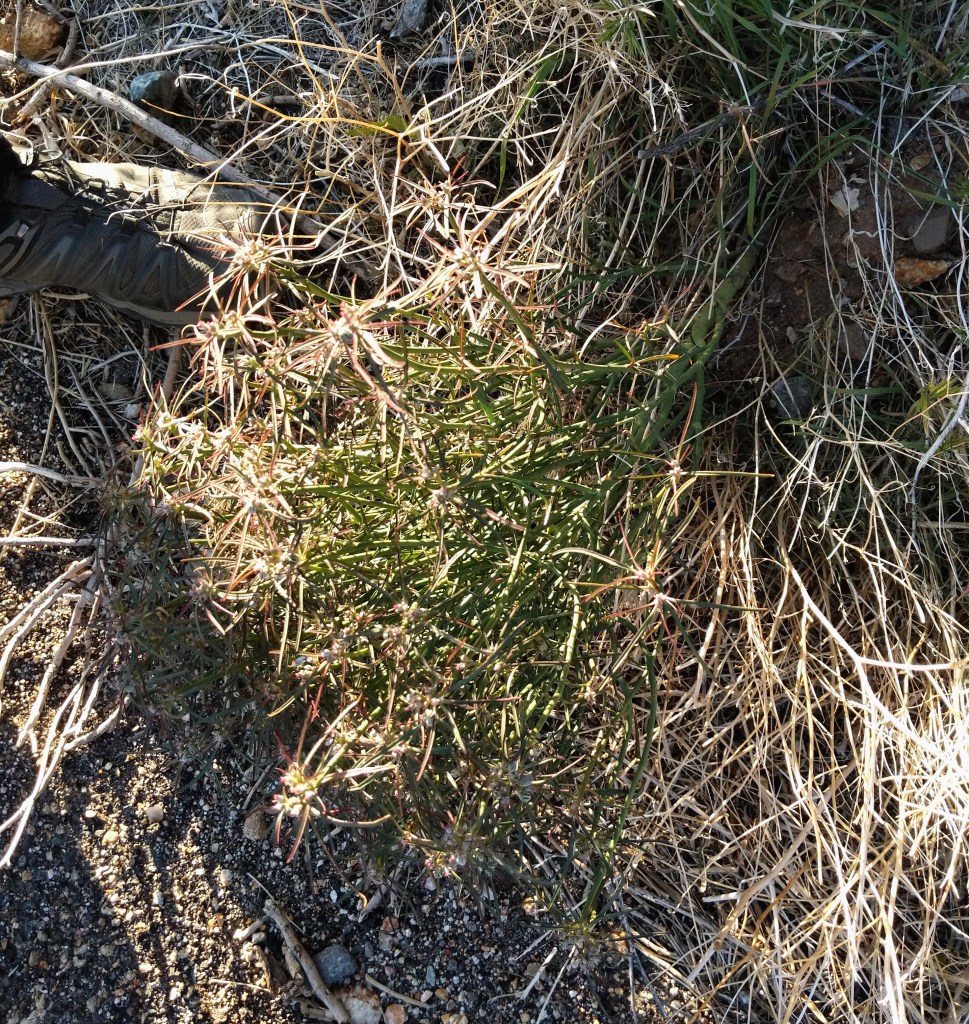
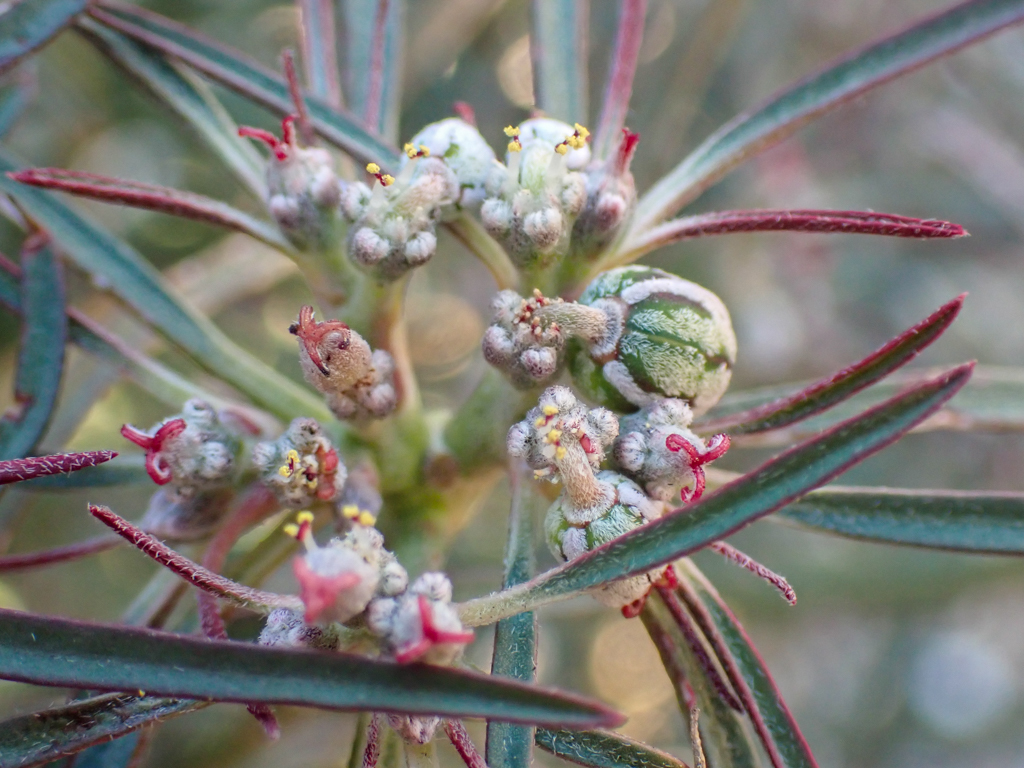
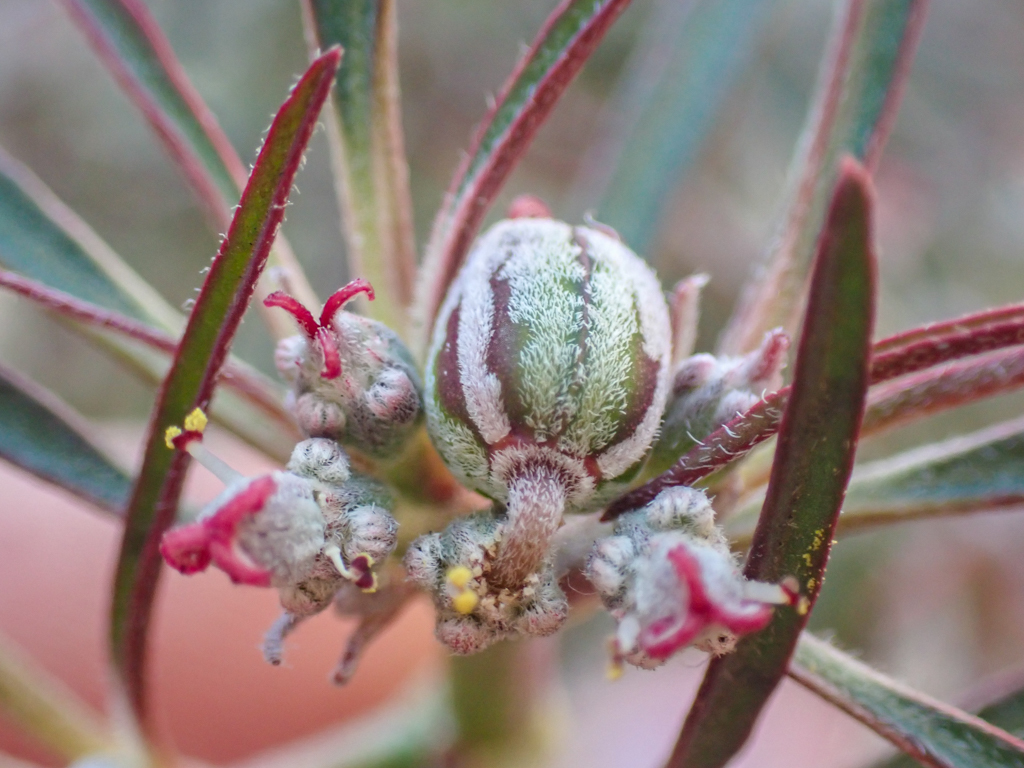
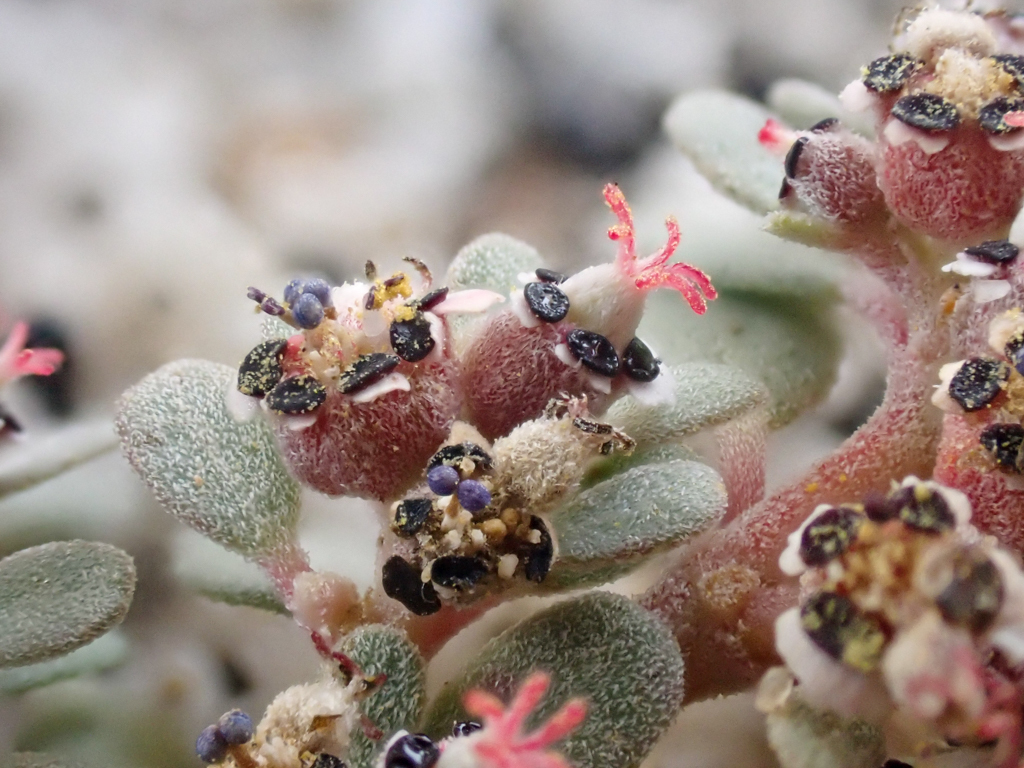



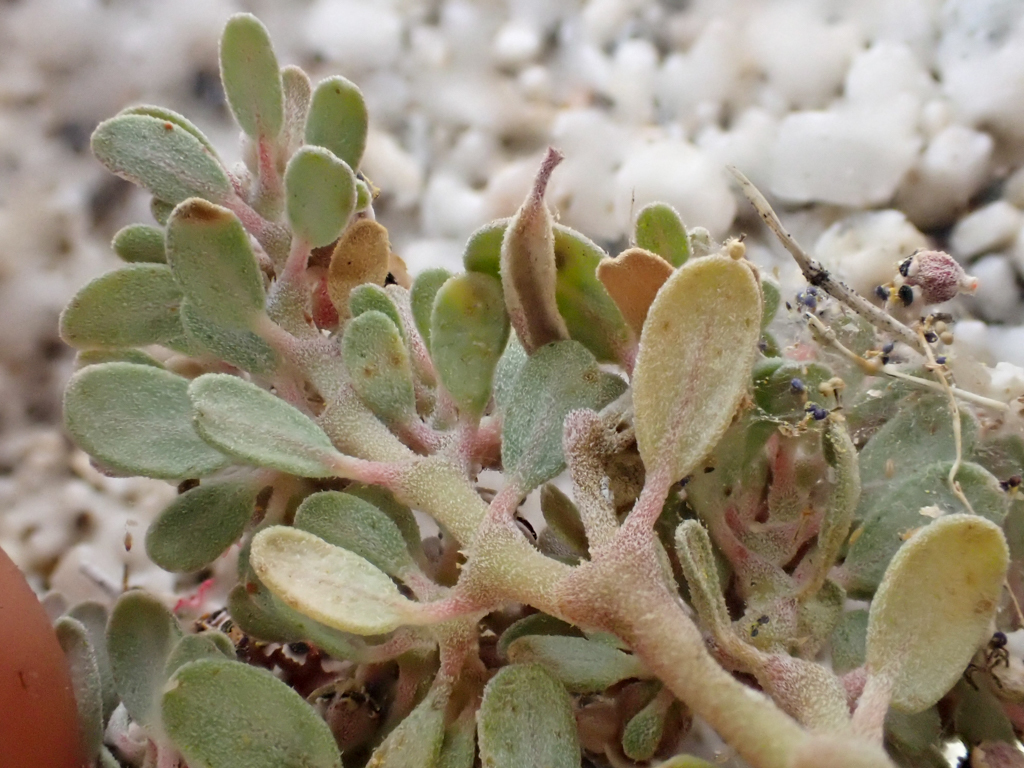



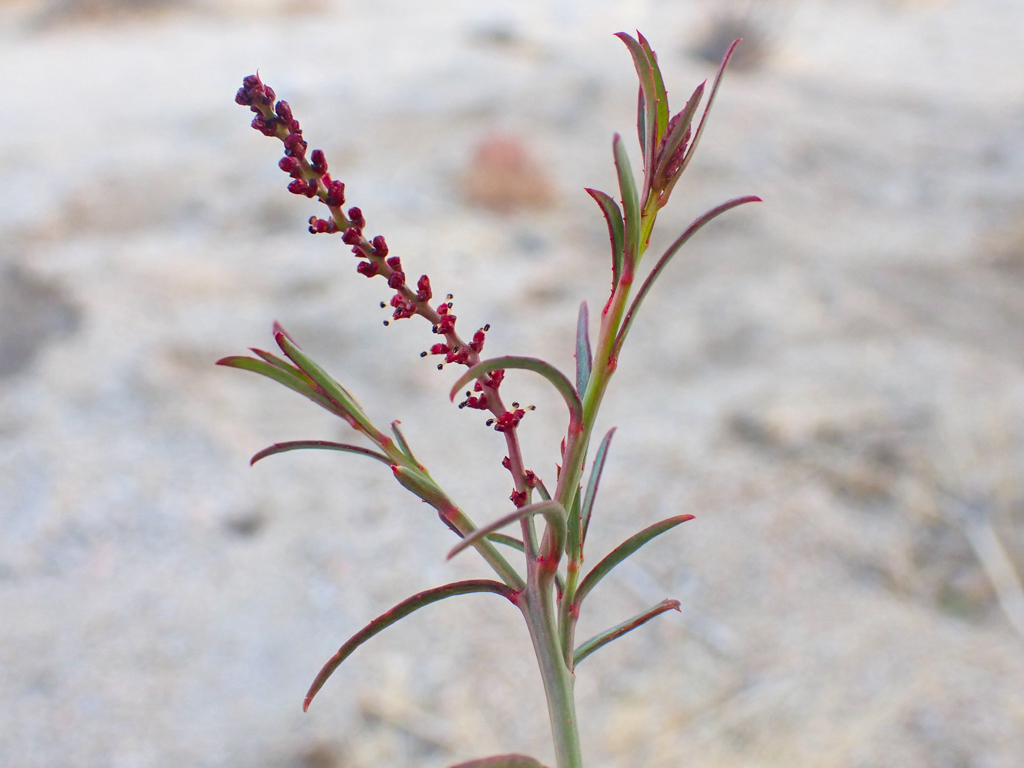


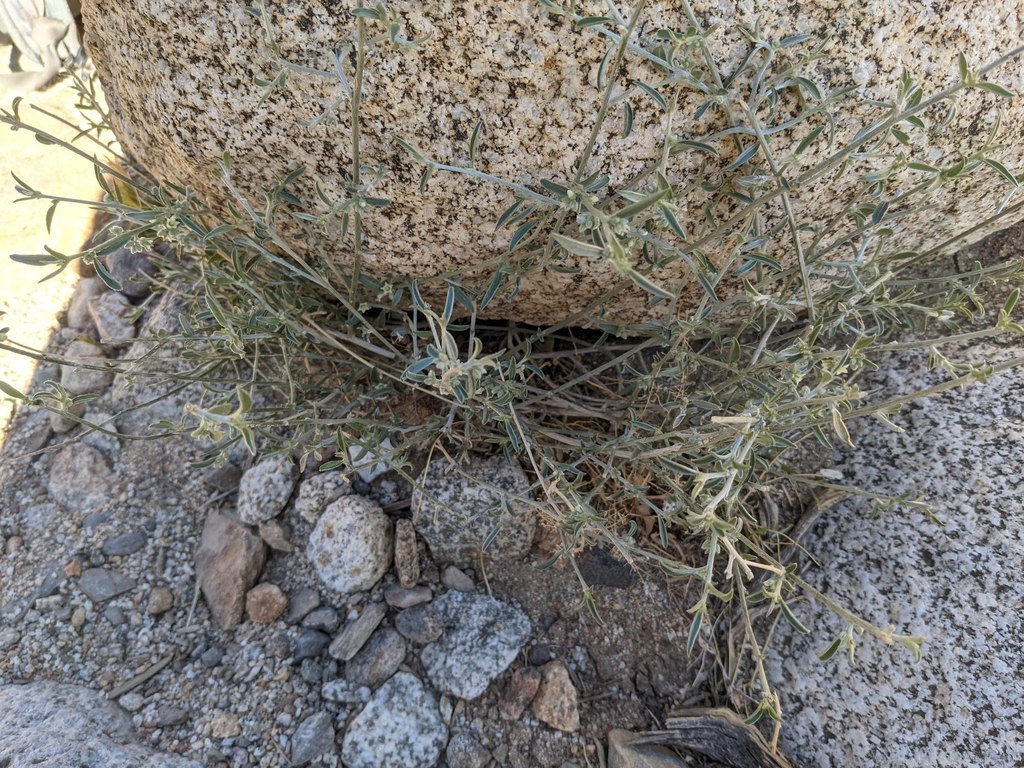


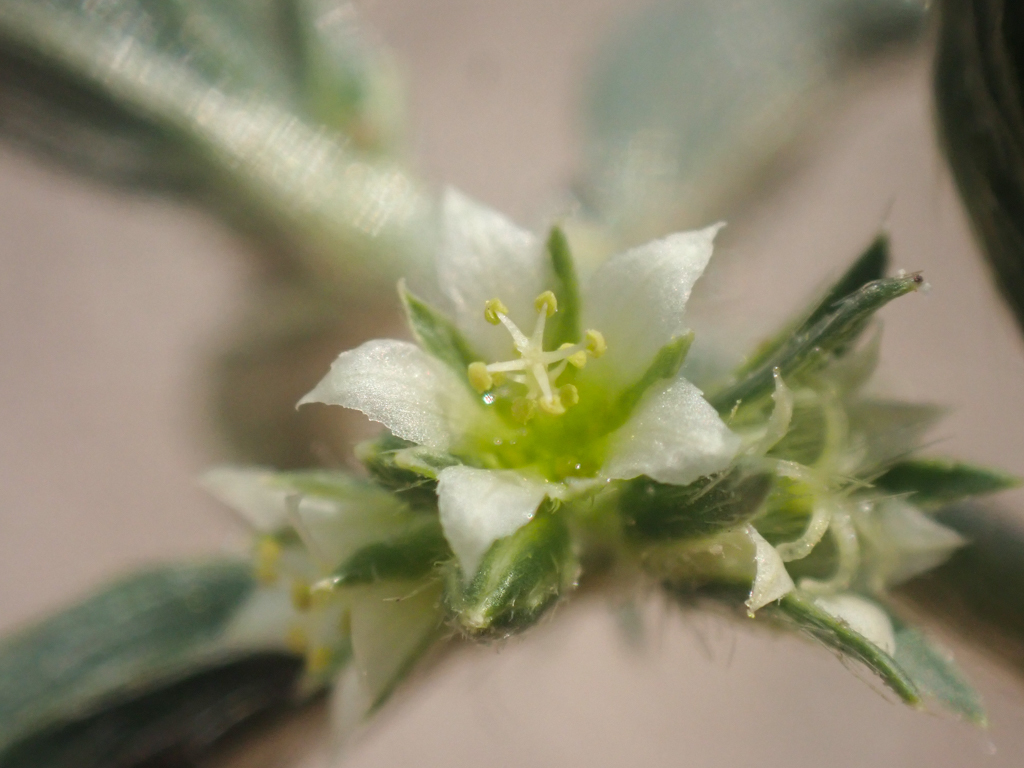
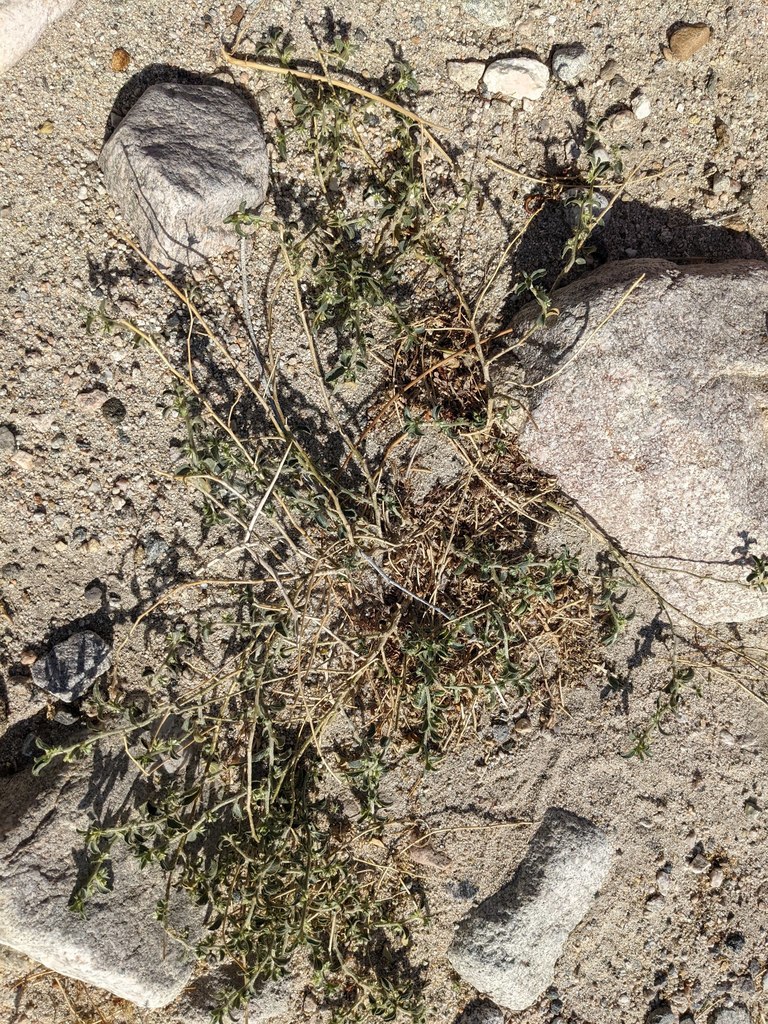
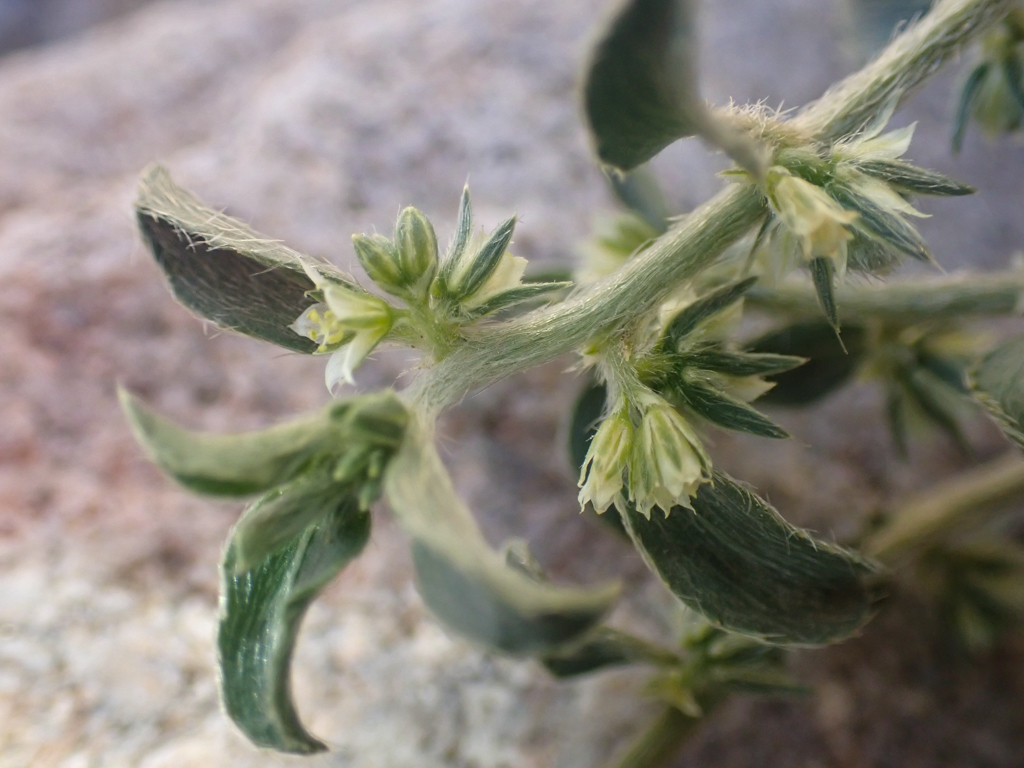

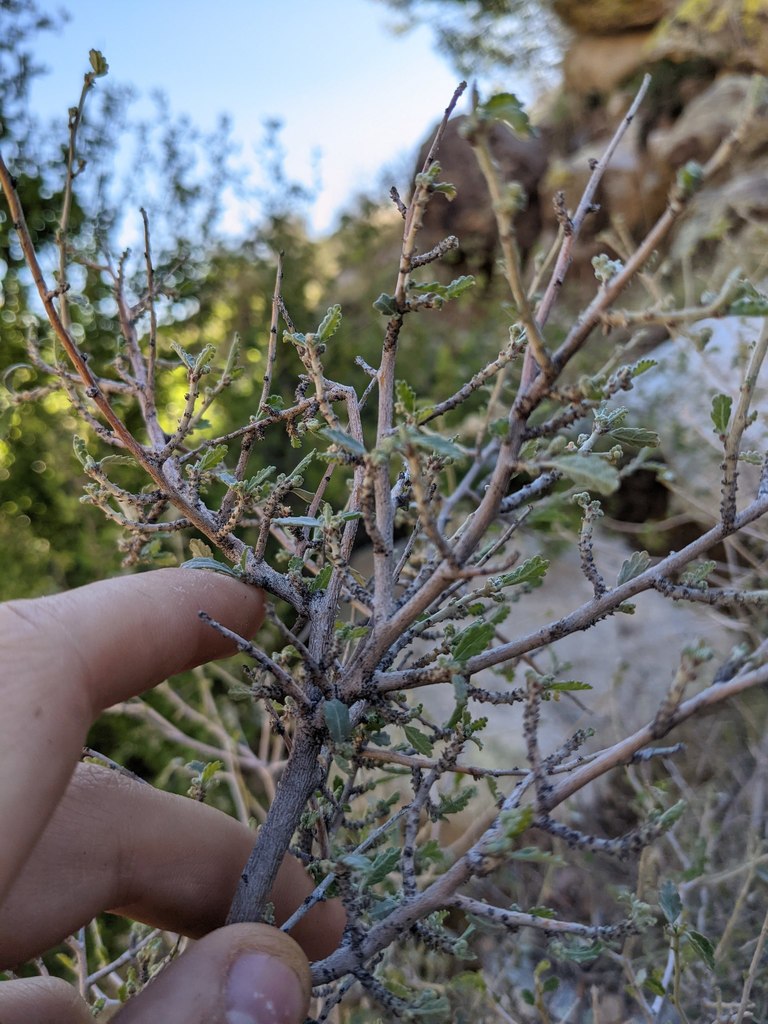
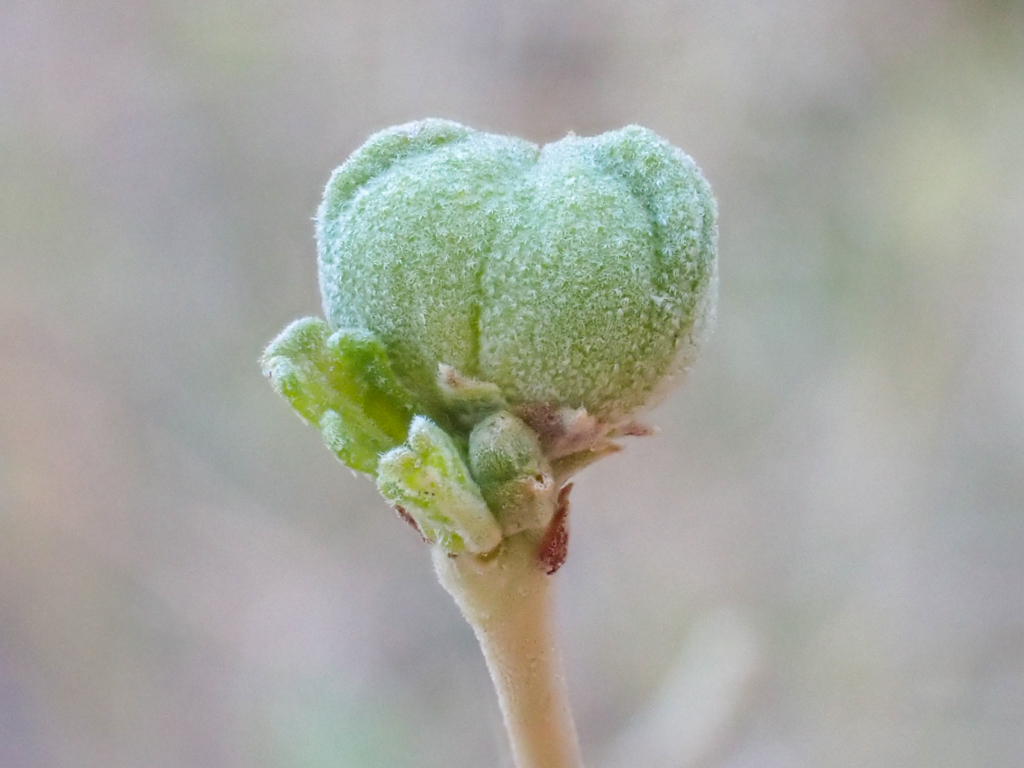



1 Comments Add yours